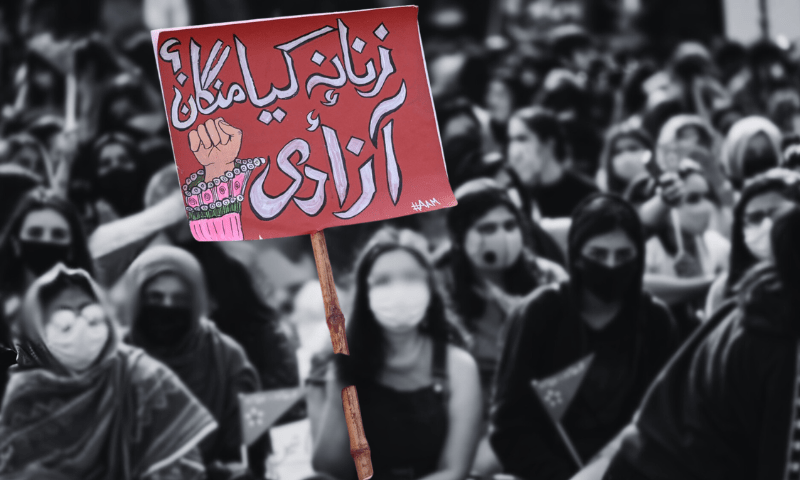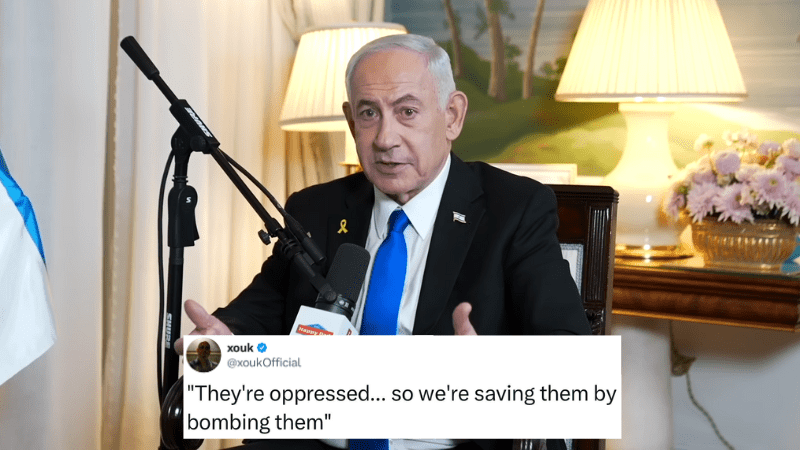Women in India and Pakistan face the same glass ceiling: Ishita Moitra on Noor
Saba Imtiaz’s 2014 debut novel Karachi, You’re Killing Me! is a sharp and satirical account of what it takes to be a female journalist in Pakistan. The novel has been adapted as the Hindi movie Noor, which is set in Mumbai, has been directed by Sunhil Sippy (Snip!), and stars Sonakshi Sinha as the eponymous lead.
The dialogue writer for the project, the able Ishita Moitra, is also working on another book-to-movie adaptation of Chetan Bhagat’s Half Girlfriend.

Moitra’s filmography includes the screenplay and dialogue for Always Kabhi Kabhie (2011) and the dialogue for Mere Dad Ki Maruti (2013), Ragini MMS 2 (2014) and the upcoming caper Bank Chor. She spoke to Scroll.in about adapting a Karachi novel to an Indian sensibility.
How different is Noor from ‘Karachi, You’re Killing Me!’?
I won’t be able to get into the details of the plot, of course, except that this film is set in Mumbai and the director Sunhil Sippy, who is known besides his films and ad films for his stunning and gritty black and white images of Mumbai, has used his keen aesthetic to give it a sharp and unique Mumbai voice.
‘Karachi, You’re Killing Me!’ deviates from a typical romcom to romance set against a trying political backdrop. What will be the approach of Noor?
We have tried to keep the dialogue very real and, well, “non-dialoguey”. It should sound as spoken as possible. There is also an added Mumbai flavour to keep it rooted to the present context of the screenplay.
The novel also challenges several stereotypes about Pakistani women. How does a Hindi adaptation incorporate this aspect of the novel?
In many ways, women in India and Pakistan face the same glass ceiling. The beauty of Saba Imtiaz’s novel is this fact that the story has wings. It soars across the border without much difficulty. Like Karachi, Mumbai too is a city of contradictions.
You may live in a swanky building in a posh society, but you might face a water shortage. Where does the Third World end and the First World begin? And does the constant criss-crossing and intersection of both worlds make us less empathetic to the pain and suffering of others?
How does dialogue writing work vis-a-vis the screenplay? Is it a collaborative process?
Dialogue writing is a very instinctive process, but filmmaking on the whole is very collaborative. So it’s a bit like a relay race. When the director is creatively happy with the screenplay, he sends it to the dialogue writer so that she may take over. And then the dialogue draft is sent back to the director for any feedback that he may have.
How different is the process when writing dialogue for a cinematic adaptation of a book?
When dealing with books such as Half Girlfriend and Karachi, You’re Killing Me!, which have both met with a huge degree of success, the idea is to retain as much of a flavour of the book as possible so that fans of the book aren’t disappointed.
However, just by virtue of the books being in English and the films being in Hindi, the films too have their individuality in terms of tone. As the characters evolve from book to film, they also acquire new dimensions and quirks, however their heart remains the same.
Since the time of Nora Ephron, romcom writers have been lazily designated as women. How do you navigate that stereotype?
Well, I am the dialogue writer for Half Girlfriend as well, which is a rom-com based on a bestselling novel written by a man. Writers like Richard Curtis and Richard Linklater continue to fuel our collective ideas of romantic love. So I really don’t think this is about gender. I think it’s about getting the right writer for the right script.
This article, originally published at Scroll.in, has been reproduced with permission.













Comments